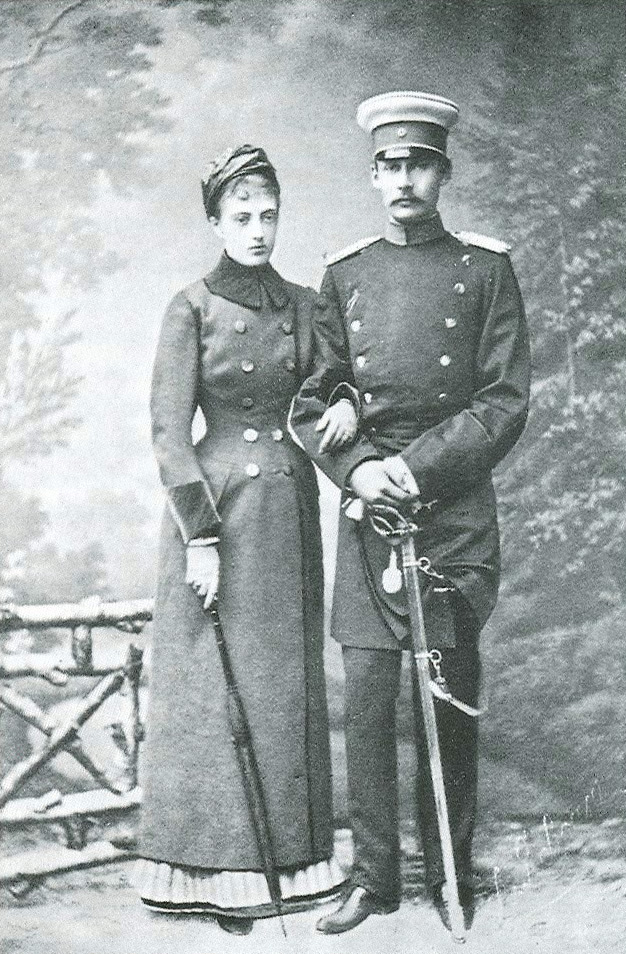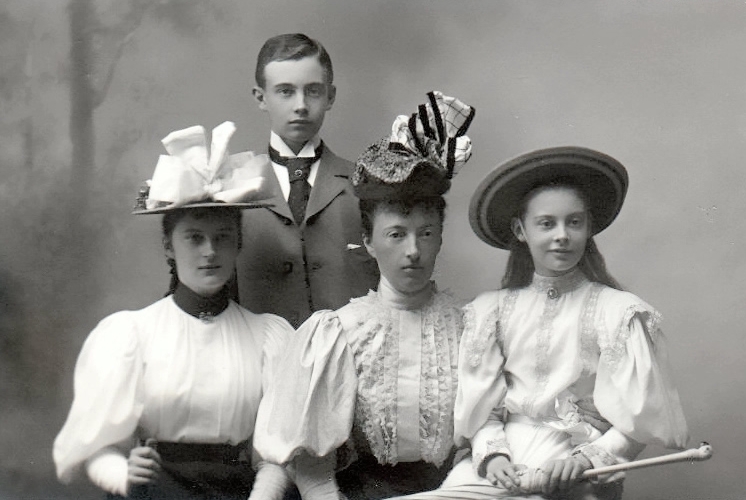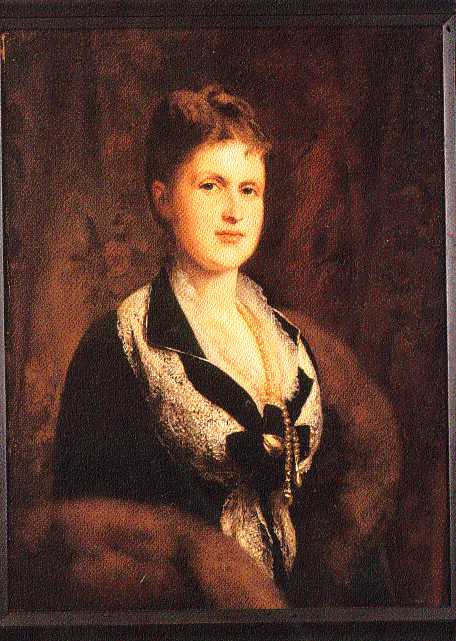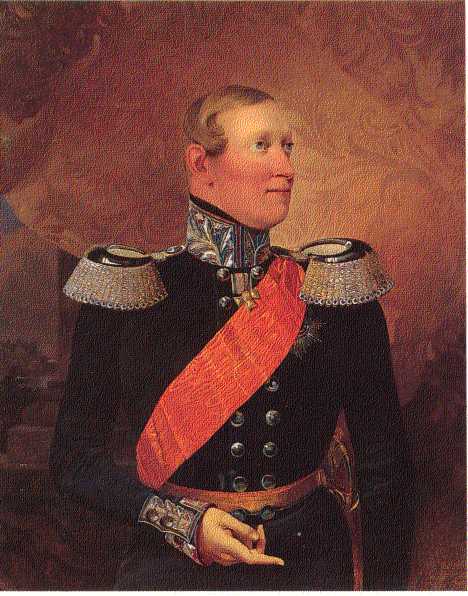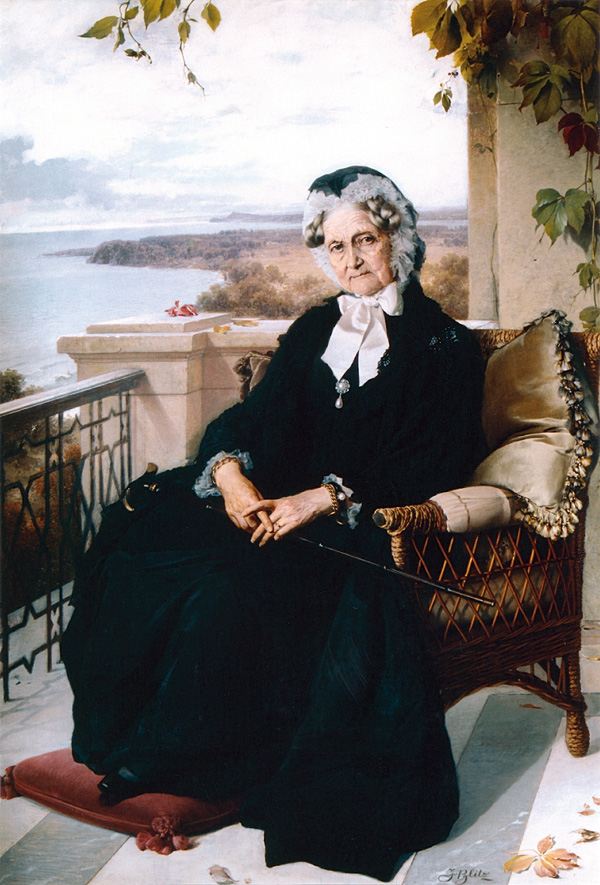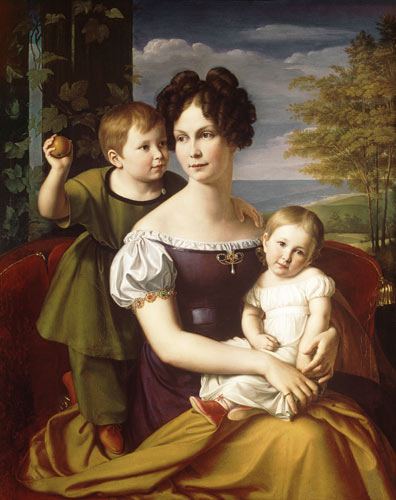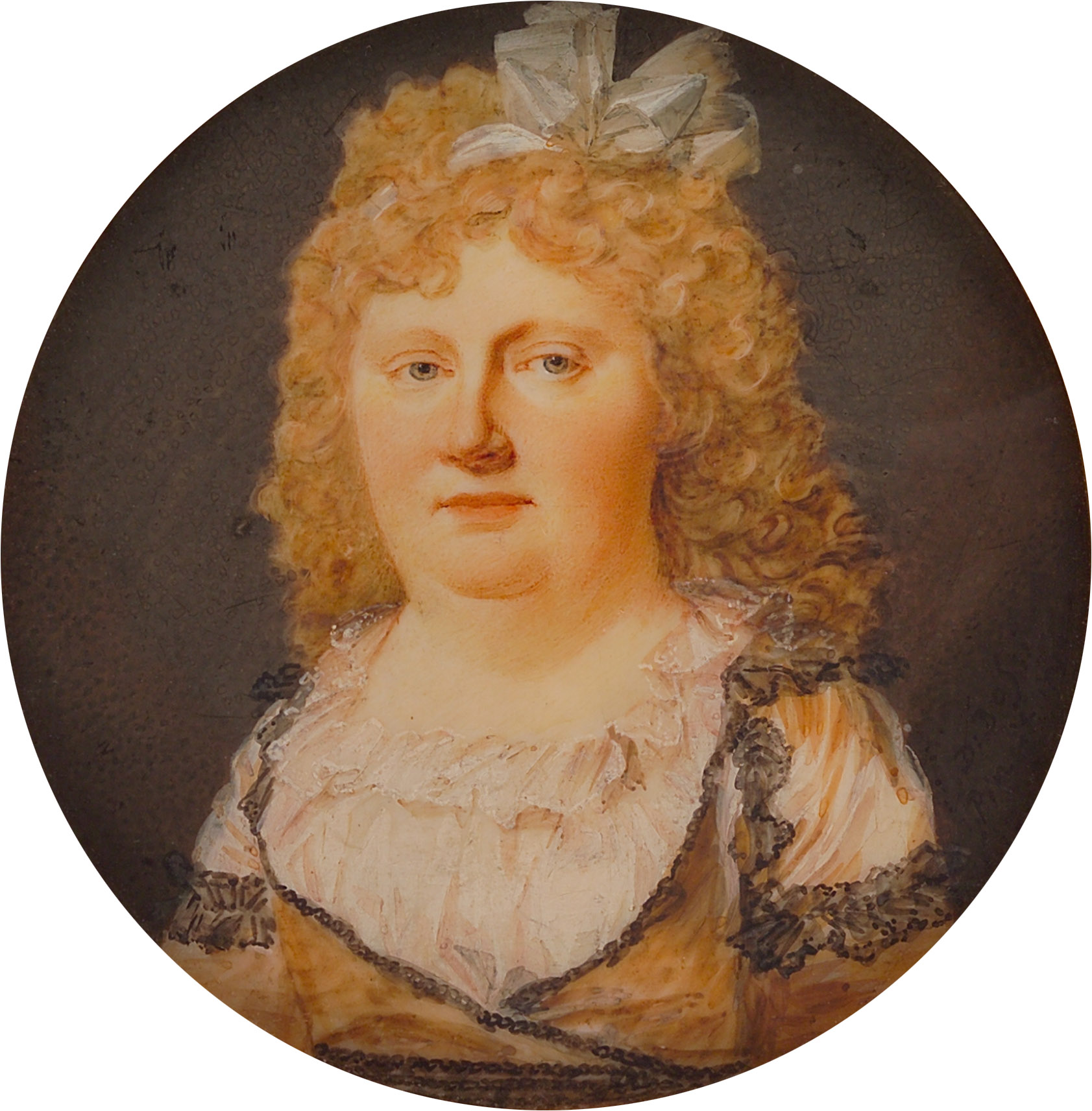by Scott Mehl © Unofficial Royalty 2018

On February 7, 1901, in The Hague, Queen Wilhelmina of the Netherlands married Duke Heinrich of Mecklenburg-Schwerin. A civil ceremony was held at the Palace of Justice followed by a religious ceremony at the Grote of Sint-Jacobskerk in The Hague. At the time of the wedding, Heinrich took the Dutch version of his name, Hendrik, and was given the title Prince of the Netherlands.
Wilhelmina’s Early Life

Queen Wilhelmina was born on August 31, 1880, at Noordeinde Palace in The Hague, the youngest child of King Willem III of the Netherlands, with his second wife, Princess Emma of Waldeck and Pyrmont. She became heiress-presumptive to the Dutch throne when the last of her elder half-brothers died in 1884. She became Queen upon her father’s death in 1890, with her mother serving as Regent until Wilhelmina reached the age of 18. She went on to reign for nearly 58 years – the longest reign of any Dutch monarch – before abdicating in favor of her only child, Juliana, in 1948.
For more information about Queen Wilhelmina see:
Unofficial Royalty: Queen Wilhelmina of the Netherlands
Heinrich’s Early Life

Duke Heinrich of Mecklenburg-Schwerin was born on April 18, 1876, in Schwerin, the youngest son of Friedrich Franz II, Grand Duke of Mecklenburg-Schwerin, with his third wife, Princess Marie of Schwarzburg-Rudolstadt. His siblings and half-siblings included Grand Duke Friedrich Franz III of Mecklenburg-Schwerin, Grand Duchess Maria Pavlovna of Russia and Grand Duchess Elisabeth Alexandrine of Oldenburg.
For more information about Prince Hendrik see:
Unofficial Royalty: Prince Heinrich of Mecklenburg-Schwerin
The Engagement

Wilhelmina and Heinrich first met in October 1892, when both attended the golden anniversary celebrations of Grand Duke Karl Alexander and Grand Duchess Sophie of Saxe-Weimar-Eisenach. Sophie was Wilhelmina’s paternal aunt, and Heinrich’s half-brother was married to one of Sophie’s daughters. Wilhelmina and Heinrich were second cousins once removed, through their mutual descent from Tsar Paul I of Russia. They met again in May 1900, when Wilhelmina and her mother traveled to Schloss Schwarzburg in Rudolstadt to meet three prospective grooms for the young Queen. Wilhelmina chose Heinrich, and within a few months, their engagement was announced on October 16, 1900. Plans for the wedding, scheduled for February 7, 1901, in The Hague, were overshadowed by the deaths of Wilhelmina’s uncle, Grand Duke Karl Alexander of Saxe-Weimar-Eisenach on January 5th, and Queen Victoria of the United Kingdom on January 22nd.
Pre-Wedding Festivities
Foreign royal guests arrived in The Hague several days before the wedding, and the festivities began to take place. Numerous choral societies performed in front of the palace of the bride and groom and their guests, and the couple made several trips around the city to greet the crowds. A state banquet was held on February 5th for all foreign guests, followed by a gala performance at the theatre.
Wedding Guests
Royal guests at the wedding included:
- Queen Emma of the Netherlands
- Dowager Grand Duchess Marie of Mecklenburg-Schwerin
- Friedrich Franz IV, Grand Duke of Mecklenburg-Schwerin
- Duke Johann Albrecht of Mecklenburg-Schwerin
- Duke Adolf-Friedrich of Mecklenburg-Schwerin
- Prince and Princess Heinrich XVIII Reuss of Köstritz
- Prince Ulrich of Schönburg-Waldenburg
- Prince Hermann of Schönburg-Waldenburg
- The Hereditary Count of Erbach
- Prince Albrecht of Prussia
- The Prince and Princess of Bentheim-Steinfurt
- The Prince and Princess of Schwarzburg-Rudolstadt
- Princess Tekla of Schwarzburg-Rudolstadt
- Prince and Princess Heinrich of Schönburg
- The Grand Duke of Saxe-Weimar-Eisenach
- The Prince and Princess of Wied
- The Hereditary Prince and Princess of Wied
- Princess Luise of Wied
- Duke Paul Friedrich and Duchess Marie of Mecklenburg-Schwerin
- The Prince and Princess of Waldeck-Pyrmont
- Grand Duke Vladimir and Grand Duchess Maria Pavlovna of Russia
- Grand Duke Boris Vladimirovich of Russia
- Grand Duchess Helen Vladimirovna of Russia
- The Duchess of Albany
- Princess Alice of Albany
- Prince Adolf of Schwarzburg-Rudolstadt
- Duchess Sophia Charlotte of Oldenburg
The Wedding Attire
The Queen wore a gown designed by Mme. Nicaud of Paris. Made of white silk and satin, the gown was embellished with embroidery of “the finest silver tissue” with silver threaded seed pearls and a design of orange blossoms. The embroidery work was done at the School of Needlework in Amsterdam. The low-cut bodice was trimmed with antique lace, and extended out to a train of over seven feet in length, trailed with more embroidery. Her antique lace veil was held in place by the smaller version of the Stuart Tiara, which the bride complemented with a large diamond collet necklace and the large diamond bow brooch at the center of her bodice. Wilhelmina carried a large bouquet of lilies of the valley, adorned with green, red, and long white satin ribbons.
The groom wore the uniform of a Dutch Admiral, adorned with the sash and star of the Dutch Military Order of Willem – the highest order of chivalry in the Netherlands, and the collar and star of the House Order of the Wendish Crown – the highest order of Mecklenburg.
The Civil Ceremony
The wedding day began with the Civil Ceremony. At 11:00 am, Wilhelmina and Heinrich departed Noordeinde Palace in the gilded coach which had been presented to the Queen by the people of Amsterdam. They arrived at the Palace of Justice, where the civil ceremony took place in the White Hall. In attendance were the couple’s mothers and six witnesses – the Speakers of the two houses of Parliament; Adjutant General Van Bergambacht, The Grand Chamberlain, General Count du Monceau; Vice President of the Council of State, Mynheer Van Schorer, and The Chief Justice. After the brief ceremony, conducted by the Minister of Justice, Dr. van der Linden, the couple, their mothers, and the witnesses signed the official marriage document. The couple then made their procession to the church for the religious ceremony.
The Religious Ceremony
 As the bride and groom made their procession from the Palace of Justice, guests had already arrived and were seated in the Grote of Sint-Jacobskerk. The several hundred guests included members of the Dutch Senate and the Chamber of Deputies, members of the Diplomatic Corps, representatives of nearly every town and city in the Netherlands, members of the court, and other personal friends. The procession into the church began with the foreign royal guests and family members, with the bride and groom the last to arrive. Despite the glitter of jewels and the numerous prominent guests, the service was the very simple and traditional marriage service of the Dutch Reformed Church, described as a service of “puritanical simplicity”, with no bridesmaids or groomsmen. The couple exchanged their vows and rings, followed by an address by the Chaplain. Following a final blessing, they made their way out of the church, to process back to Noordeinde Palace.
As the bride and groom made their procession from the Palace of Justice, guests had already arrived and were seated in the Grote of Sint-Jacobskerk. The several hundred guests included members of the Dutch Senate and the Chamber of Deputies, members of the Diplomatic Corps, representatives of nearly every town and city in the Netherlands, members of the court, and other personal friends. The procession into the church began with the foreign royal guests and family members, with the bride and groom the last to arrive. Despite the glitter of jewels and the numerous prominent guests, the service was the very simple and traditional marriage service of the Dutch Reformed Church, described as a service of “puritanical simplicity”, with no bridesmaids or groomsmen. The couple exchanged their vows and rings, followed by an address by the Chaplain. Following a final blessing, they made their way out of the church, to process back to Noordeinde Palace.

The Wedding Banquet and Honeymoon
When they arrived back at the palace, Wilhelmina and her husband received numerous guests before hosting a luncheon for their families, royal guests, and Ministers of State. At 4:00 that afternoon, they departed for the railway station to travel to Het Loo Palace, where they spent their honeymoon.
Children

Wilhelmina with her daughter in 1914; Credit – Wikipedia
Wilhelmina and Heinrich had one child:
- Queen Juliana of the Netherlands (1909 – 2004), married Prince Bernhard of Lippe-Biesterfeld, had four daughters including Queen Beatrix of the Netherlands, the Dutch Royal Family descends from this marriage
This article is the intellectual property of Unofficial Royalty and is NOT TO BE COPIED, EDITED, OR POSTED IN ANY FORM ON ANOTHER WEBSITE under any circumstances. It is permissible to use a link that directs to Unofficial Royalty.


